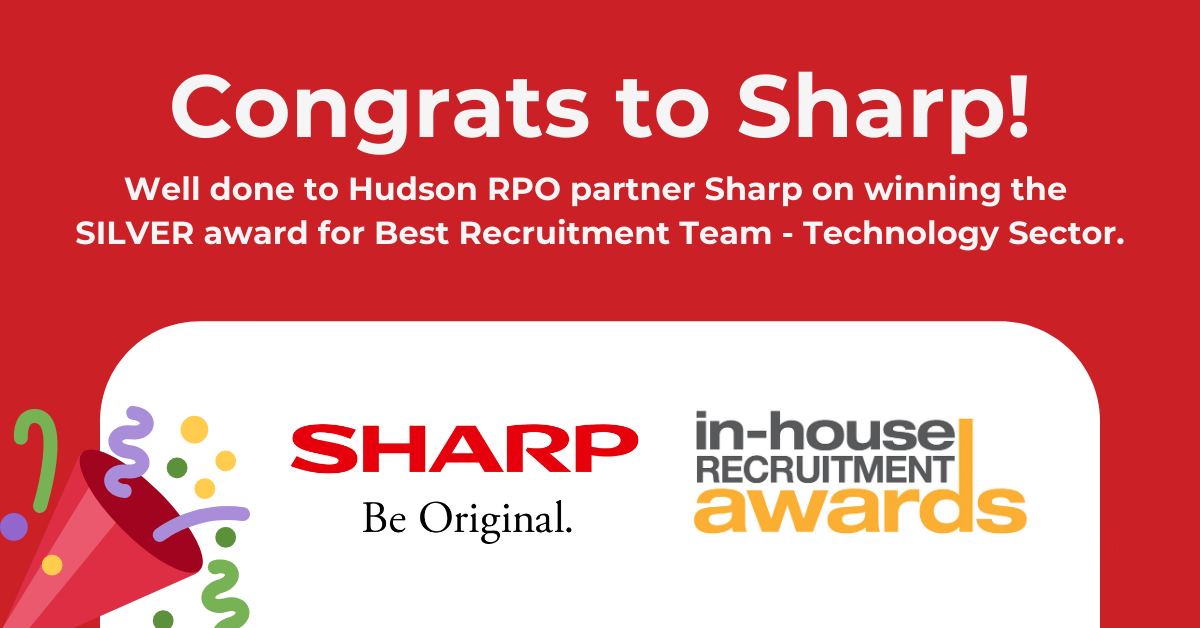- Webinars
Post Pandemic Predictions
Webinar Topic:
Post-pandemic predictions – Are you equipped to create positive change and transform the way you recruit, onboard and engage talent in a post-pandemic workforce?
Webinar Details:
During 2020 at the onset of the pandemic, we ran a series of discussions with our people across Hudson RPO APAC to navigate and understand the similarities and differences across our regions and industries as to how organisations have responded to rapid and unprecedented change.
We focused on the three overarching tenets of talent management – how you hire and onboard talent, how you engage talent, and how you retain talent.
Key highlights
Our predictions at a glance:
- What worked online, will stay online
- Rise of the gig economy
- Spotlight on internal talent
- Acceptance of full ‘flex’ spectrum
- Positive experience is paramount
- Transparency will lift employer brands
- Workplace tech is on the rise
- Discretionary spending frugality
Listen to our webinar to find out more. Or download our report for more information.
Panelists
- Kimberley Hubble, Hudson RPO, Chief Executive Officer APAC
- Phil Rutherford, Resourcing Lead ANZ, Macquarie Group
- Kimberly Elliot, Human Resources Director, Ecolab
- Isadore Payne, Head of HR ANZ, Bayer
Sign up to receive the latest recruitment insights and Hudson RPO news.




















